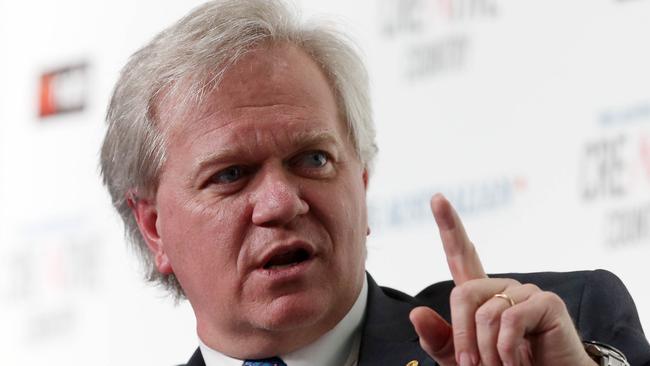
Thanks to enormous effort by a huge number of people, immediate disaster was averted. All courses went online. The near impossible was achieved.
But now the sector is hitting the really hard stuff, a long slog to find the new normal, but without the initial novelty we felt in seeing history made, no matter the horror that might have entailed.
READ MORE: La Trobe offers pay cut to save jobs | Indonesia study programs face closure | Regional unis win Fulbright deal | Reinvest in the nation’s research
In this new environment universities are adjusting to an expected new level of revenue that Universities Australia estimates will remove $16bn of income from their budgets up until the end of 2023 because of the loss of international students. And because of the conservative parameters used to arrive at that number it is, if anything, an underestimate.
Now, for universities, comes long-term cost-cutting, the shedding of staff and the loss of employment conditions. It’s the new reality and there’s no relief in sight for a long time.
The tough task for universities is figuring out how they operate in this new environment. How do they fulfil their duty to students with less available money?
The obvious choice is to accelerate the move that was already happening — to online learning — which can bring major economies of scale as well as giving each student an individual experience appropriate to them.
But how do they retain for students — particularly school-leavers — the benefits of face-to-face teaching, and the long-term social capital students get from interacting with their peers?
As we know, international student numbers are likely to be depressed for years but, as happens in economic downturns, domestic student numbers are expected to increase as those without prospect of a job decide to study instead.
But the overall level of funding for domestic students has been frozen by the federal government since the beginning of 2018, so how are universities meant to satisfy the increase in student demand?
The research-intensive universities also have to steel themselves to take the knife to research projects, things that truly advance knowledge and create new technologies for the future.
Australian National University vice-chancellor Brian Schmidt fears the nation will lose the economic benefits. And a generation of talented young researchers, who can’t be replaced, will build their careers in other fields.
Universities can’t expect much money from a government with huge deficits.
So the only way is to make very difficult choices, prioritising what is judged to be most important, and go for those goals with highly cost-conscious efficiency.
For many years the job of being a university leader has been relatively easy. That is no longer true.




Universities and other tertiary education providers are now three months into the COVID crisis. The initial feverish reaction is done. That scary period when the ground seemed to be disappearing beneath our feet is over.